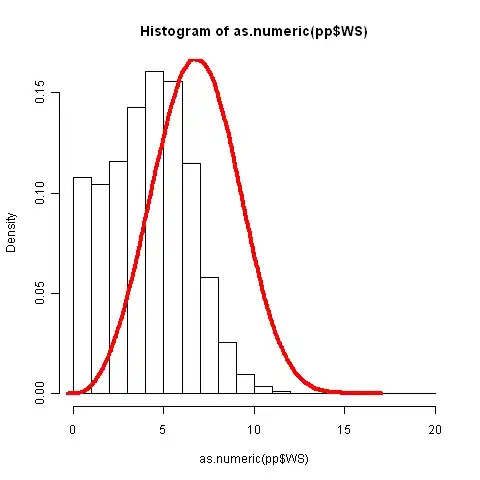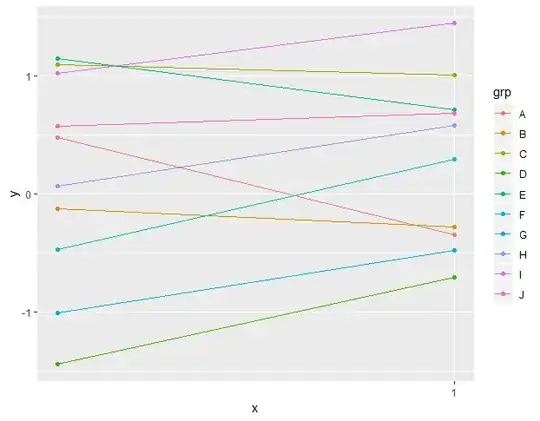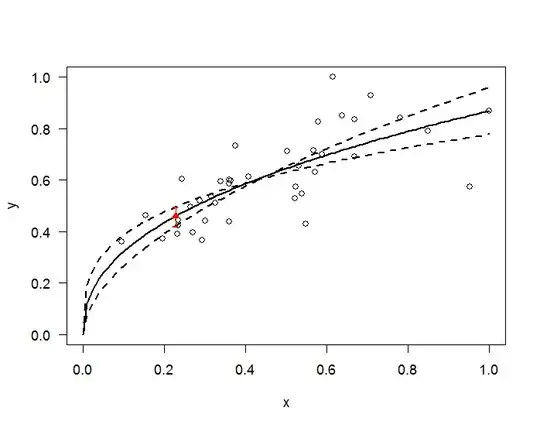Are random intercepts a theoretical/practical prerequisite to random slopes? Why?
I have a three level (rep measures) mixed model where I wouldn't expect lvl 3 variation in initial status of outcome variable. That is, patients were randomly assigned to doctors, so their shouldn't be variation in mean of DV across doctors (all have equal chance of getting patients with high and low initial DV).
Variation exists in intercepts of patients, this is ok.
Question is, is a random slopes only model at lvl 3 allowed. Every example I see always has random intercepts first. Is this because it must or because I just got unlucky with examples?
Also, does anyone know how different numerical structures of the subject/ID variables affect mixed model? I'd. Having a unique identifier for both levels vs having a unique identifier within each group at lvl 2 (individuals).
Also, can someone please explain the benefits, reasons and differences behind mean centered and group centered DVs?
Hope this is clear enough for discussion. Thanks


